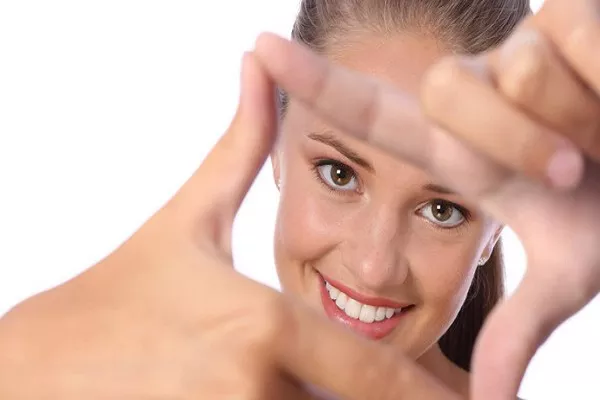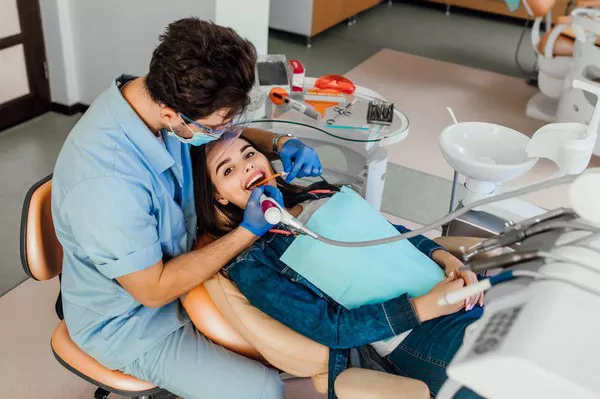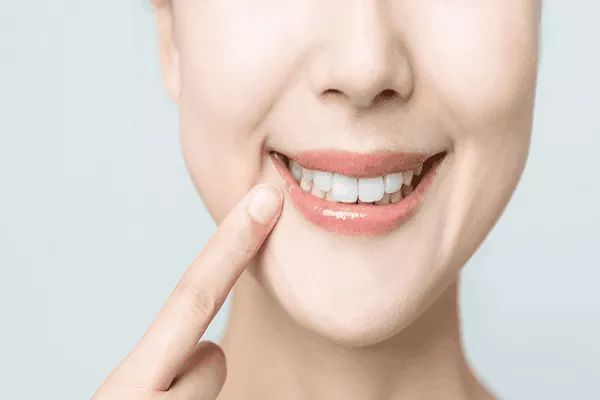The pursuit of a radiant smile has led to the exploration of various teeth-whitening methods. Among these methods, the use of UV light has gained popularity for its ability to enhance the whitening process. In this article, we delve into the science behind why UV light is believed to whiten teeth, exploring its mechanisms, benefits, and considerations for those considering this dental treatment.
1. The Basics of Teeth Whitening
Understanding how teeth whitening works provides a foundation for comprehending the role of UV light in the process.
Tooth Staining: Teeth can become stained over time due to various factors such as consumption of coffee, tea, red wine, or tobacco. Stains can be extrinsic (on the surface) or intrinsic (within the tooth).
Whitening Agents: Teeth-whitening treatments typically involve the use of whitening agents, such as hydrogen peroxide or carbamide peroxide, which penetrate the tooth enamel to break down stains.
2. UV Light as an Accelerator
UV light is often used as an adjunct to traditional teeth-whitening treatments, acting as an accelerator to enhance the whitening process.
Photochemical Reaction: UV light accelerates the breakdown of whitening agents through a photochemical reaction. This reaction produces free radicals, which play a role in breaking down the molecular structure of stains.
Increased Penetration: UV light is believed to enhance the penetration of whitening agents into the tooth enamel, allowing for a more thorough and efficient removal of stains.
3. UV Light and Activation of Whitening Gels
One common method of incorporating UV light into teeth-whitening procedures is through the activation of whitening gels.
Hydrogen Peroxide Activation: Many whitening gels contain hydrogen peroxide, a common whitening agent. UV light activates hydrogen peroxide by speeding up the release of oxygen, which, in turn, aids in breaking down stains.
Wavelength Specificity: UV light used in teeth whitening is often in the blue light spectrum. The specific wavelength of blue light is believed to be optimal for activating the whitening agents without causing harm to the surrounding tissues.
4. Benefits of UV Light in Teeth Whitening
The incorporation of UV light into teeth-whitening procedures offers several potential benefits.
Faster Results: UV light is thought to expedite the whitening process, reducing the time required for each session and providing faster results compared to treatments without UV activation.
Enhanced Penetration: The use of UV light may enhance the penetration of whitening agents into the tooth enamel, allowing for a more comprehensive and uniform whitening effect.
Reduced Sensitivity: Some individuals experience tooth sensitivity during and after whitening treatments. The accelerated nature of UV-activated treatments may help reduce the overall duration of sensitivity.
5. Considerations and Limitations
While UV light has shown promise in teeth-whitening procedures, there are considerations and limitations to be mindful of.
Potential Tissue Sensitivity: Exposing soft tissues, such as gums and lips, to UV light carries a risk of sensitivity. Proper protective measures, such as the use of barriers, are essential to minimize the risk of irritation.
Effectiveness Variances: The effectiveness of UV-activated teeth-whitening treatments may vary among individuals. Factors such as the type and severity of stains, the concentration of whitening agents, and individual responses to treatment can influence outcomes.
6. Professional vs. At-Home UV Teeth Whitening
UV light is used in both professional dental settings and at-home teeth-whitening kits. Understanding the differences is crucial for individuals exploring these options.
Professional Settings: In a dental office, UV light is often used in conjunction with professional-strength whitening gels. The process is supervised by a dental professional, ensuring safety and efficacy.
At-Home Kits: At-home teeth-whitening kits with UV lights are available for consumer use. While convenient, these kits may have lower concentrations of whitening agents and may not offer the same level of supervision as professional treatments.
Conclusion: Shedding Light on Teeth Whitening
In conclusion, the use of UV light in teeth whitening is grounded in the science of photochemical reactions and accelerated breakdown of whitening agents. The benefits of faster results and enhanced penetration make it an appealing option for those seeking a brighter smile.
However, considerations regarding potential tissue sensitivity and variations in effectiveness highlight the importance of informed decision-making. Consulting with a dental professional to determine the most suitable whitening approach, whether professional or at-home, ensures safety and optimal outcomes.
As advancements in dental technology continue to evolve, the use of UV light in teeth whitening remains a promising avenue for individuals looking to illuminate their smiles. Balancing the desire for whiter teeth with the guidance of dental professionals allows individuals to achieve the results they seek while prioritizing oral health and safety.
Does Sodium Bicarbonate Whiten Teeth
Which whitening strips are safe?
How Much Does Dental Insurance Cover For Implants































